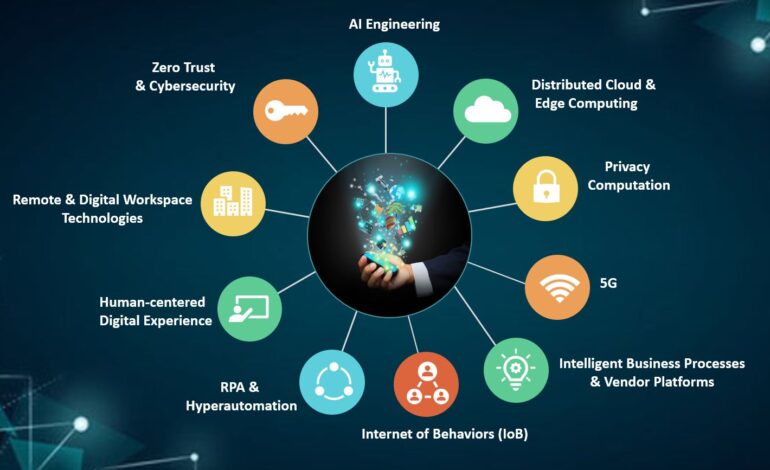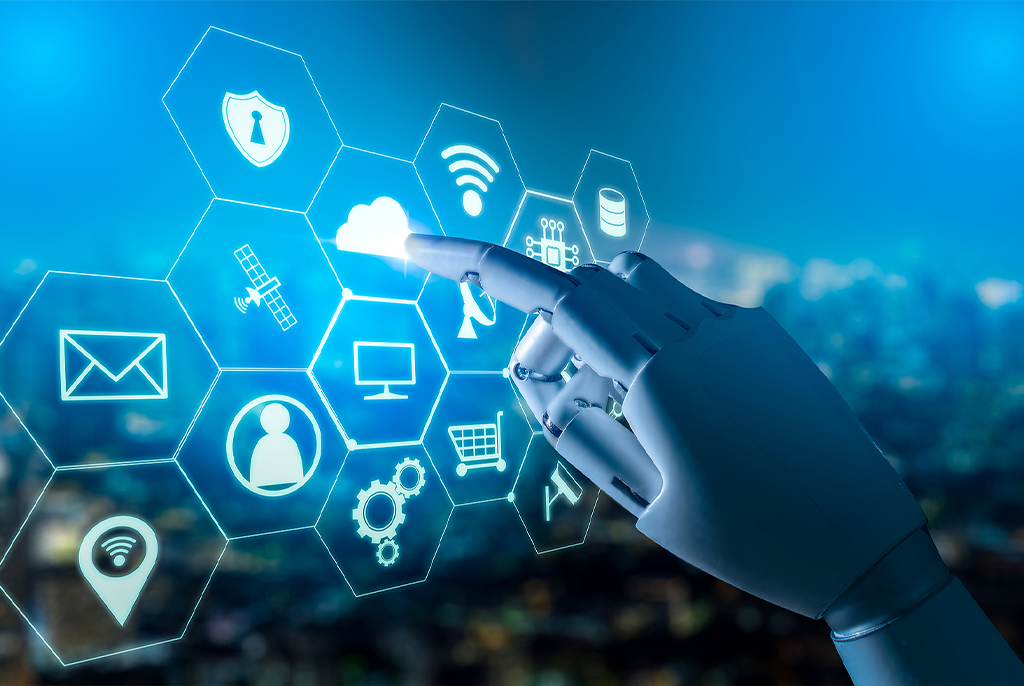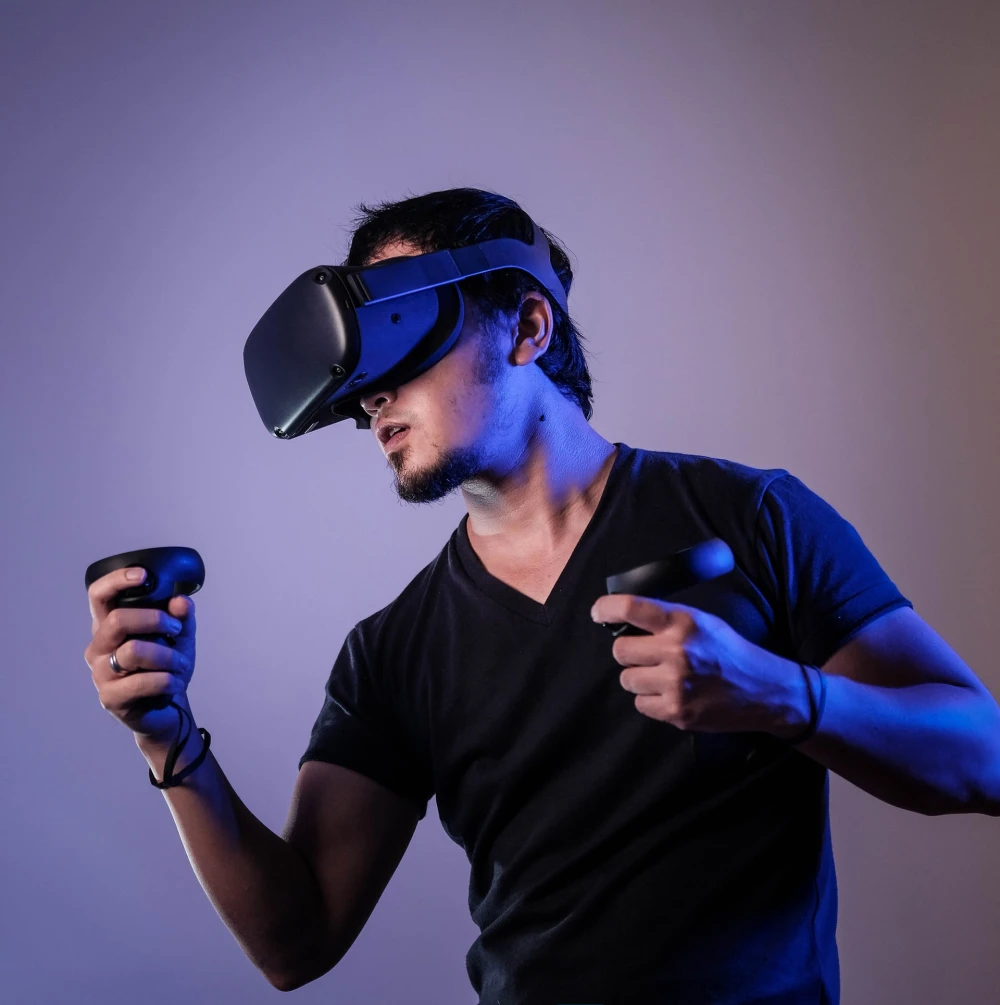Emerging Tech Trends: What’s Next?

Navigating the Technological Frontier: Emerging Trends Shaping Our Future
The technology landscape is a constantly shifting terrain, a whirlwind of innovation that can feel both exhilarating and overwhelming. Keeping abreast of emerging trends isn’t just for tech enthusiasts; it’s crucial for businesses, investors, policymakers – essentially anyone who wants to understand the direction our world is heading. This post dives deep into several key areas experiencing rapid evolution, analyzing their potential impact and offering a glimpse into what the future might hold.
Artificial Intelligence (AI): Beyond the Hype
Artificial intelligence continues to dominate headlines, but beyond the buzzwords lies a profound shift in how we interact with technology. We’ve moved past simple chatbots; AI is now integrated into countless applications, from personalized recommendations on streaming services to sophisticated medical diagnostics.
Currently, Generative AI (think ChatGPT, DALL-E) is experiencing explosive growth. This allows for the creation of entirely new content – text, images, audio, and even code – based on prompts. While concerns exist regarding potential misuse (e.g., deepfakes, plagiarism), the creative and productivity benefits are undeniable.
Looking ahead, we can expect to see:
- Increased Automation: AI will automate increasingly complex tasks across various industries, leading to both efficiency gains and workforce adjustments.
- Edge AI: Processing data locally on devices (rather than relying solely on the cloud) is gaining traction, enabling faster response times and improved privacy. Self-driving cars are a prime example.
- Explainable AI (XAI): As AI makes more critical decisions, understanding *why* it arrived at those conclusions becomes paramount. XAI aims to make AI decision-making processes transparent and interpretable.
- AI-powered Cybersecurity: AI is being used not only to defend against cyberattacks but also to proactively identify vulnerabilities before they’re exploited.
The Metaverse & Spatial Computing: Blurring the Lines Between Physical and Digital
While early metaverse iterations faced some challenges, the underlying concept of spatial computing—integrating digital information with our physical environment—is undeniably gaining momentum.

Augmented Reality (AR) is already here, enhancing everyday experiences through smartphone apps that overlay digital content onto the real world. Think Pokemon Go or furniture placement apps.
Virtual Reality (VR) continues to improve in terms of resolution and accessibility, making immersive experiences more compelling. Beyond gaming, VR is finding applications in training simulations for surgeons, architectural design visualization, and even mental health therapy.
The future likely holds:
- Convergence of AR & VR: Technologies are beginning to merge, creating mixed reality (MR) experiences that seamlessly blend the physical and digital realms.
- Industrial Metaverse Applications: Manufacturing, logistics, and other industries will leverage spatial computing for improved efficiency, training, and remote collaboration.
- Improved Haptics & Sensory Feedback: Creating a truly immersive experience requires more than just visual and auditory cues; advancements in haptic technology (simulating the sense of touch) are crucial.
Quantum Computing: A Paradigm Shift
Quantum computing represents a fundamentally different approach to computation, leveraging the principles of quantum mechanics to solve problems that are intractable for classical computers.
While still in its early stages, quantum computing holds immense potential across various fields:
- Drug Discovery: Simulating molecular interactions with unprecedented accuracy can accelerate the development of new drugs and therapies.
- Materials Science: Designing novel materials with specific properties becomes possible through accurate simulations.
- Financial Modeling: Optimizing investment strategies and risk management using quantum algorithms.
- Cryptography: Quantum computers pose a threat to current encryption methods, necessitating the development of quantum-resistant cryptography.
Challenges remain – building and maintaining stable quantum systems is incredibly complex and expensive. However, ongoing research and investment suggest that practical applications are on the horizon.
The Rise of Sustainable Technology (Green Tech)
With growing concerns about climate change, sustainable technology—also known as green tech—is rapidly gaining importance. This encompasses a wide range of innovations aimed at reducing environmental impact and promoting resource efficiency.
Key trends include:
- Renewable Energy Integration: Advanced grid management systems are crucial for effectively integrating intermittent renewable energy sources like solar and wind power.
- Electric Vehicle (EV) Technology: Improvements in battery technology, charging infrastructure, and vehicle range are driving the adoption of EVs.
- Smart Grids: Using data analytics and automation to optimize energy distribution and reduce waste.
- Circular Economy Solutions: Designing products for durability, repairability, and recyclability, minimizing waste and maximizing resource utilization.
The Internet of Things (IoT) Evolution: From Connected Devices to Intelligent Ecosystems
The Internet of Things continues to expand beyond simple connected devices. We’re moving towards intelligent ecosystems where data from numerous sensors are analyzed in real-time to optimize processes and provide valuable insights.
Current trends include:
- Industrial IoT (IIoT): Connecting industrial equipment for predictive maintenance, process optimization, and improved efficiency.
- Smart Cities: Utilizing IoT sensors to monitor traffic flow, manage energy consumption, and improve public safety.
- Healthcare IoT: Remote patient monitoring, wearable health devices, and connected medical equipment are transforming healthcare delivery.
Security concerns remain a significant challenge for the IoT; robust security protocols are essential to protect sensitive data and prevent unauthorized access.
Conclusion: Embracing the Future of Technology
The technological landscape is dynamic, demanding continuous learning and adaptation. The trends discussed above—AI, spatial computing, quantum computing, sustainable technology, and the evolving IoT—represent just a few of the forces shaping our future. Understanding these emerging technologies, their potential impacts, and associated challenges is essential for navigating this exciting, albeit complex, era. Staying informed and proactive will be key to harnessing the power of technology for a better tomorrow.



